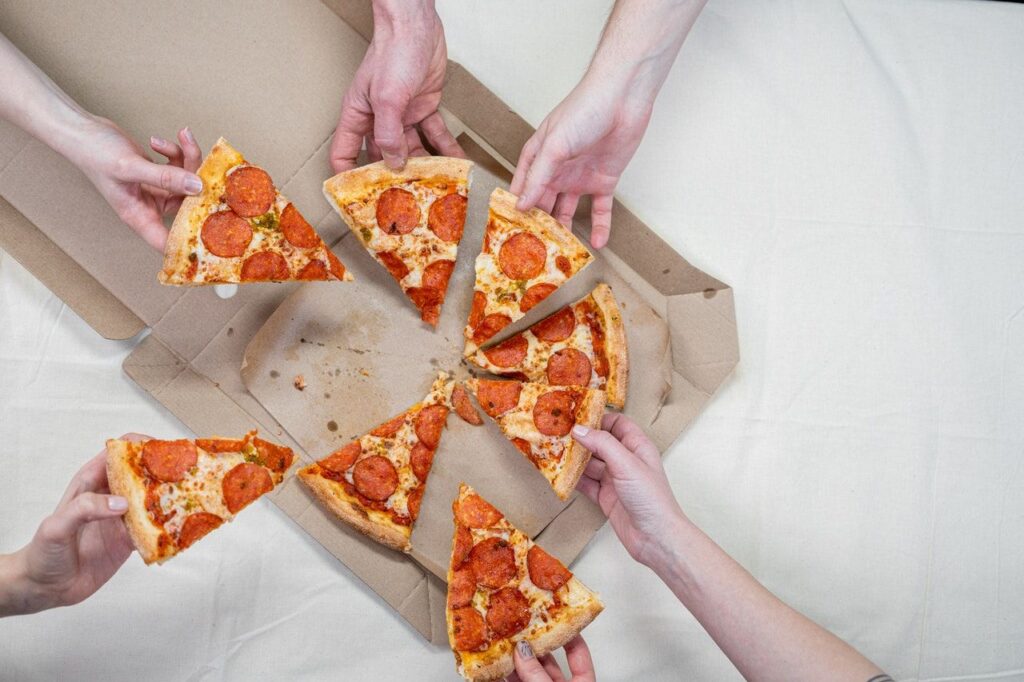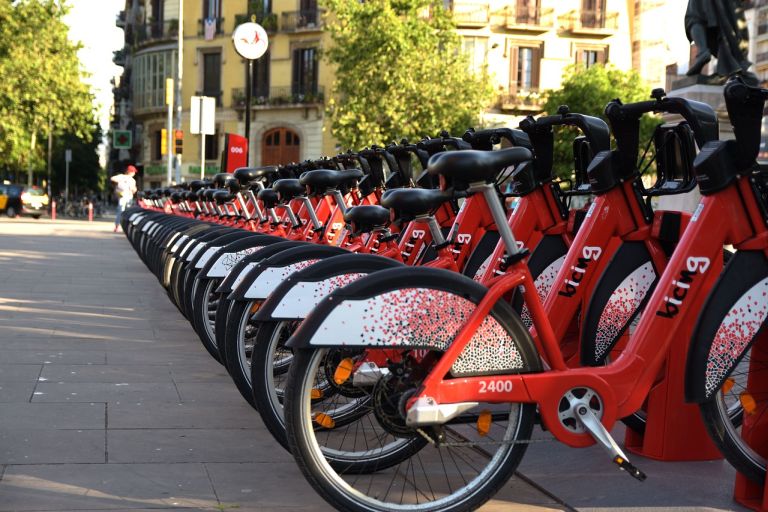Collaborative consumption evolves with the development and expansion of modern technological systems. New technologies have changed our everyday lives and have also changed the way we consume. The idea itself is not really new. The difference now is that the internet has expanded the market and made it easier for people who need something to find someone who has it.
Collaborative consumption is becoming more and more popular. In modern societies, people are often judged by what they have. Their social status and happiness are highly dependent on it. Meanwhile, in group consumption, access to goods is more important than property. Especially since having goods can make us happy, but only for a while. The latest devices, new gadgets, appear on the market faster than ever. How to keep up with it?
What is collaborative consumption?
Collaborative consumption is also called collaborative consumption. It's relatively new consumption trend. It is based on the exchange, lending, barter or paid sharing of your goods with other people. This trend is in opposition to the need for ownership, which has led the way so far. Collaborative consumption is based on the idea of sharing and the so-called product service approach. It focuses on the function of the product without owning it. Example? We do not need a car all the time, only as a means of transport when the need arises. Car sharing companies operate on such principles.
In June 2020, there were 6 service providers in Poland, offering mainly passenger cars. City bike rentals operate on a similar principle. Collaborative consumption allows not only to reduce individual consumption. It can also strengthen integration and social ties. It is not without reason that collaborative consumption in some of its forms creates a new currency of exchange - trust and reputation.
How well do you know your customers' preferences?
Make them love your brand. We will help.
Who are the customers in the sharing economy?
At first glance, it may seem strange to treat consumers as a marketing "institution". However, collaborative consumption changed their perception. In this case, they take over extended roles, many of which were previously assigned to companies. Collaborative consumption created prosumer - a person who can be both a producer and a consumer. For example, the same person may be the driver of Uber on Sunday and use the service as a passenger on Monday.
Prosumers play a number of roles, just like in traditional companies. They take care of public relations, communication, promotion and quality control. For example, an Uber driver can communicate with the passenger before the planned arrival, specify the pick-up location, and keep the vehicle clean. Thus, it will ensure a good rating, which will probably be given by a passenger who is satisfied with the service. In this way, in the sharing economy, consumers can assume institutional roles that are usually performed by companies in a traditional economy.
Collaborative consumption and marketing activities
As defined by the American Marketing Association (AMA), the marketing processes include "creating, communicating, delivering and exchanging offers." These processes are critical to the company's success. That is why companies attach great importance to the management of each of them, basing their operations on two basic pillars, which they are marketing and innovation. In fact, innovation is what drives everything, including marketing.
They can be broadly defined as creating offers that differ from those available on the market and are of value to customers. Our traditional view of innovation is closely related to the market economy and sees companies as the main creators of innovative new offers. As entities with a developed business model. However, due to its unique features and nature, collaborative consumption requires an individual marketing approach.

Collaborative consumption challenges the tendency of marketing to focus on product innovation and to favor breakthrough (revolutionary) innovation over incremental innovation that is driven by buyers. The latter consist in enriching the knowledge previously possessed by the enterprise and using it in a new way. Incremental innovation adds value to a product or service.
How does collaborative consumption compare to customer experience?
In addition to brand management, traditional companies also manage customer experiences at all touchpoints where their customers select, purchase and consume their products or services. To ensure the high quality of these experiences, companies try to influence the behavior of their service providers (both employees and members of the sales channel) in various ways. They do it, among others by employer branding, careful selection of employees, training, but also exerting its strength and influence to encourage the desired behavior. Someone can be punished for behavior that does not comply with the standards. However, these traditional tools and strategies may be less effective in the sharing economy.
Collaborative consumption is characterized by the fact that user experience often means access to an offer owned by another consumer who uses products of a different brand. Thus, the entity that makes it available has only limited control over the quality of the user experience.

It also plays an important role here target groupwhose behavior may influence the experience of other customers. Take, for example, the popular electric scooters. If one of the users leaves it out of order or in an unacceptable place, another customer may blame the company that puts the equipment into use for this state of affairs.
Collaborative consumption vs brading
Collaborative consumption has also caused a stir in the area of branding. Brands are seen as valuable assets that are managed by the company and must be protected. Branding it is also clearly communicating to potential customers who you are. It is also an appropriate communication strategy. However, brands appear to play a fundamentally different role and thus may be more difficult to manage in the sharing economy. For example, there is a noticeable difference between platform brands that serve as tools for the sharing economy, compared to brands that can be accessed through them. For example - a brand, which is a luxury handbag rental (e.g. invented by me for the purposes of the EventsBags article), which offers handbags of well-known brands (e.g. Prada, Gucci, Louis Vuitton) for rent. Sharing economy brands create a lower level of brand loyalty (EventsBags) compared to brands whose products are owned by customers (Prada, etc.). It therefore seems that collaborative consumption is destroying traditional ideas about the nature and value of brands. In addition, those tasked with delivering the brand experience are typically not employees of the company.

Creating value for the consumer in the sharing economy
A critical task for any company is to "appropriate" value in the marketplace. In a traditional economy, this value-appropriation process involves competing with other companies for the time, energy, and money of customers. Collaborative consumption this makes it difficult as most platforms that serve as tools for the sharing economy have to compete not only with other platforms but also with traditional companies. Before the advent of sharing platforms, marketing strategies largely focused on direct competition between enterprises.
Moreover, marketing has traditionally viewed competition through the prism of a "war" in which companies fight for consumers. Collaborative consumption has changed the balance of power as consumers play a prosumer role. Consequently, the task of appropriating value in the sharing economy appears to be particularly difficult.

